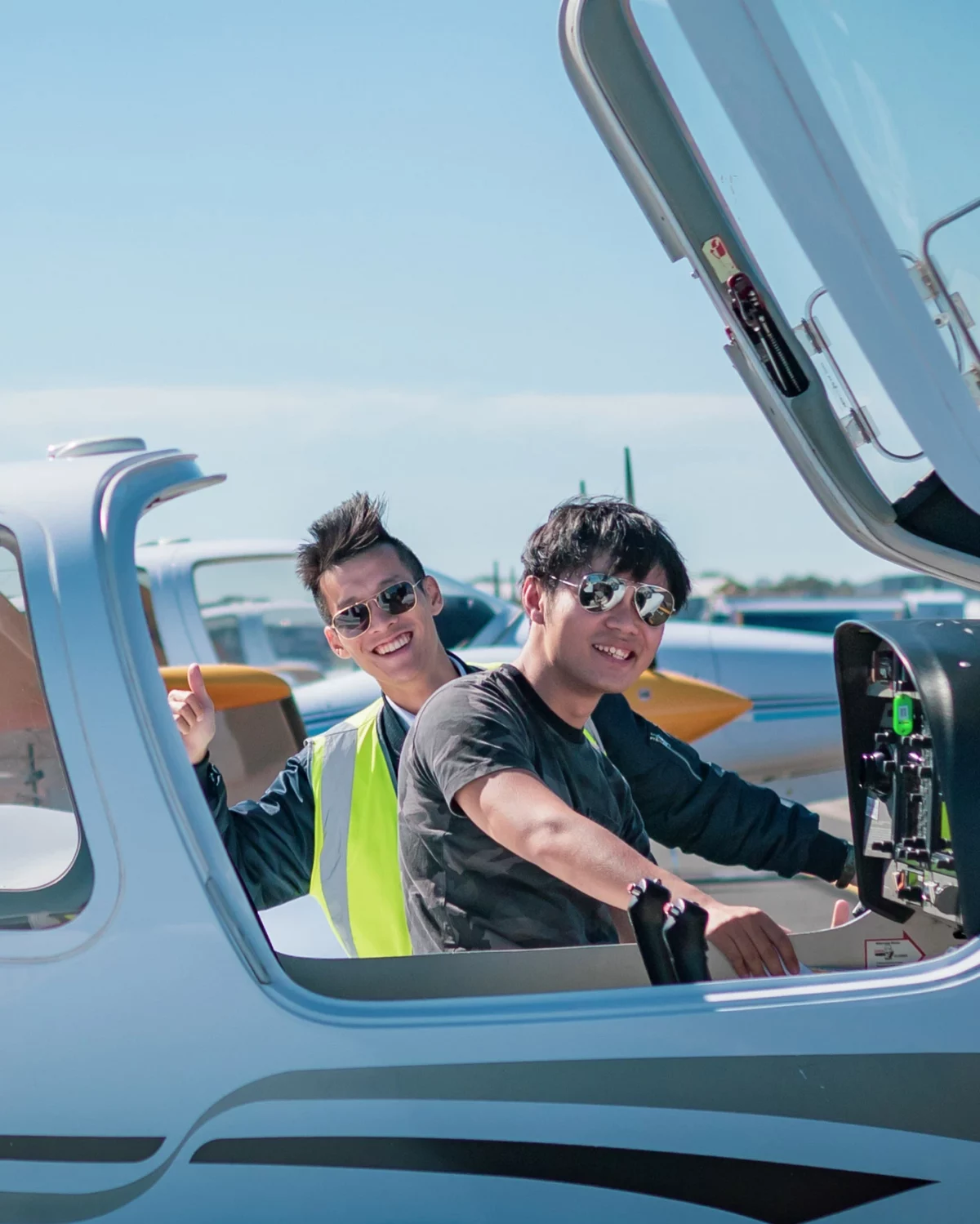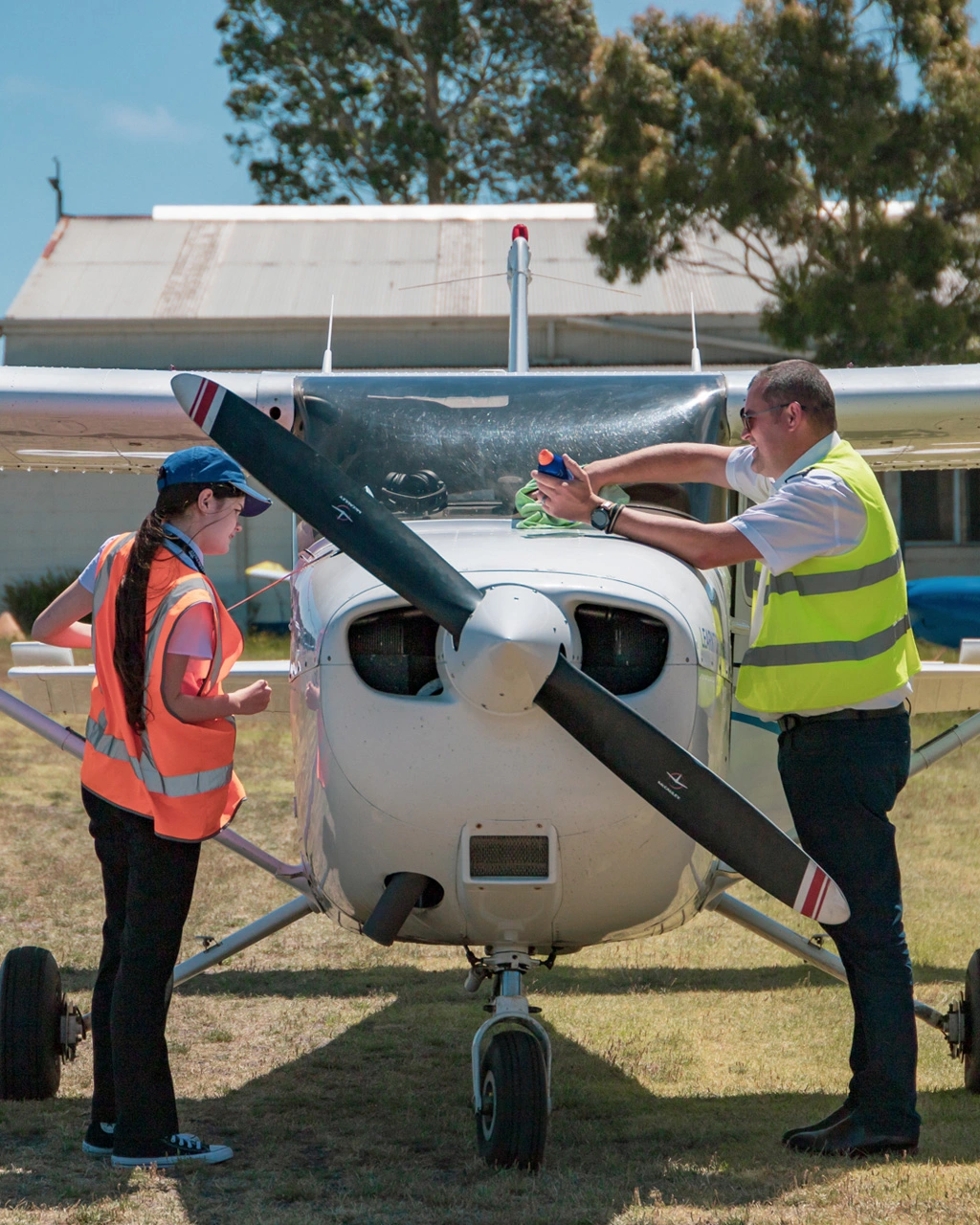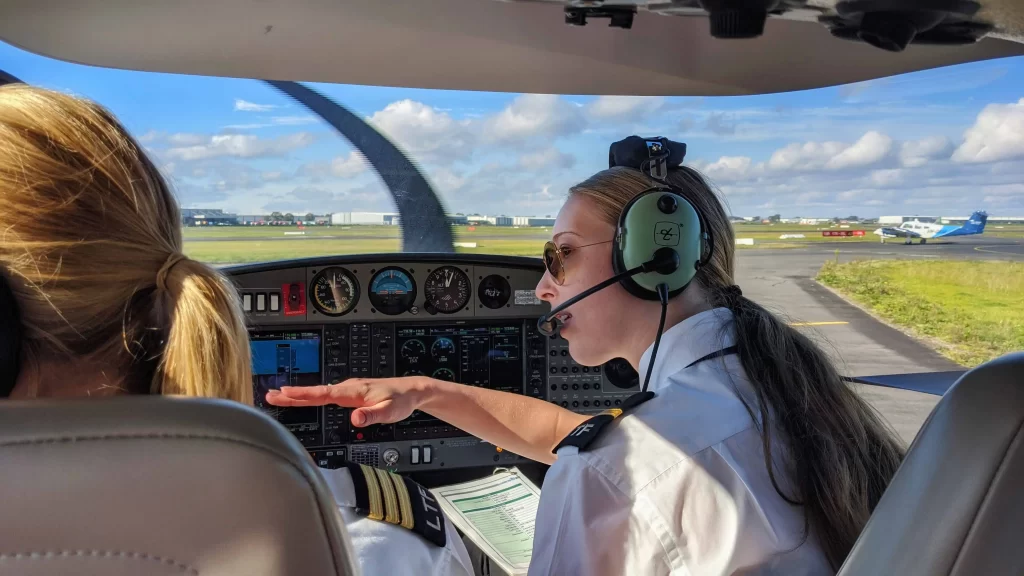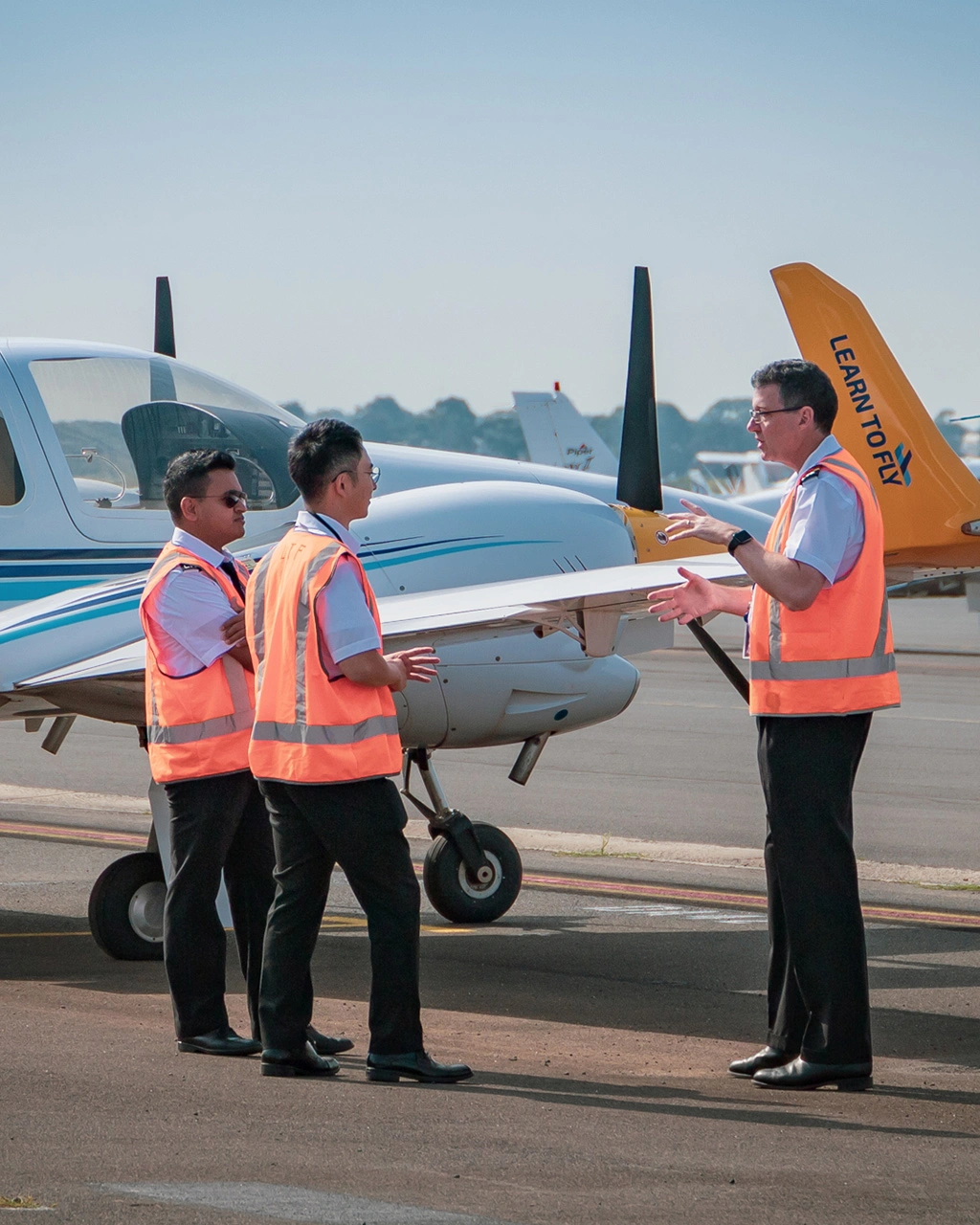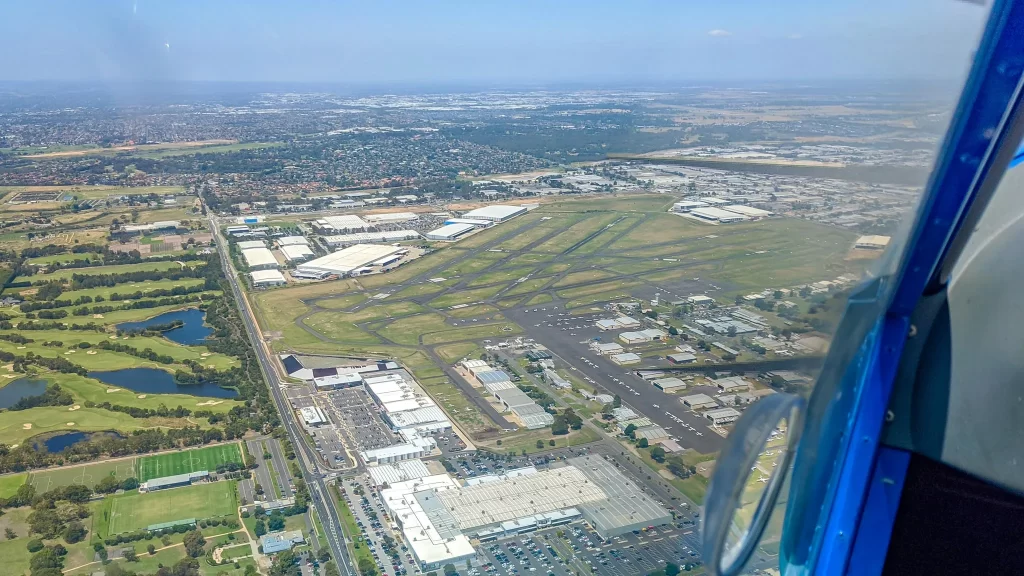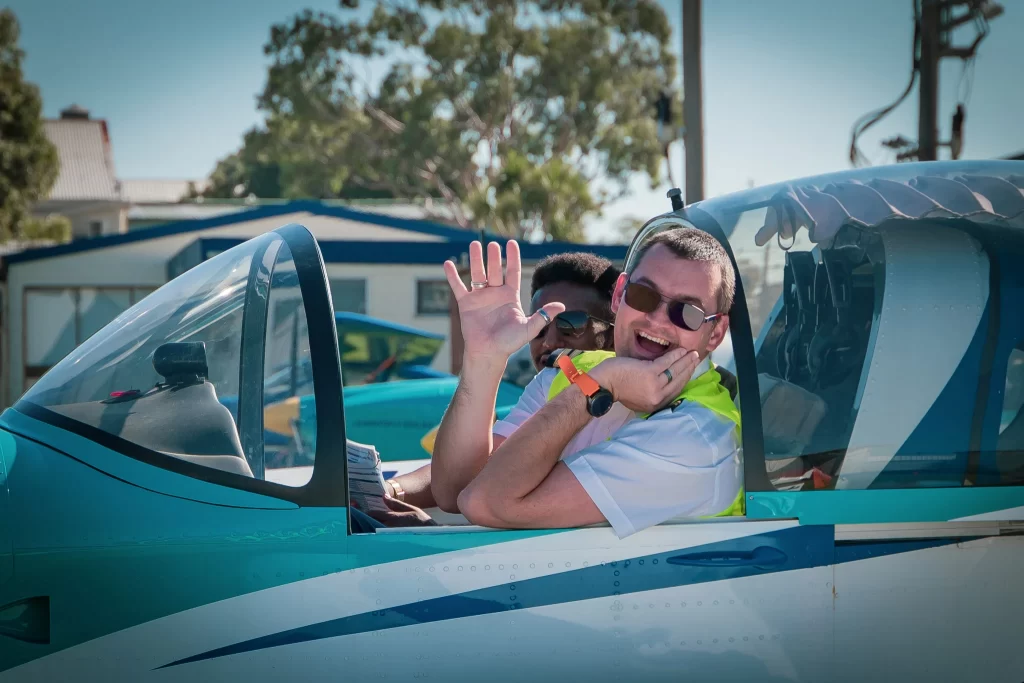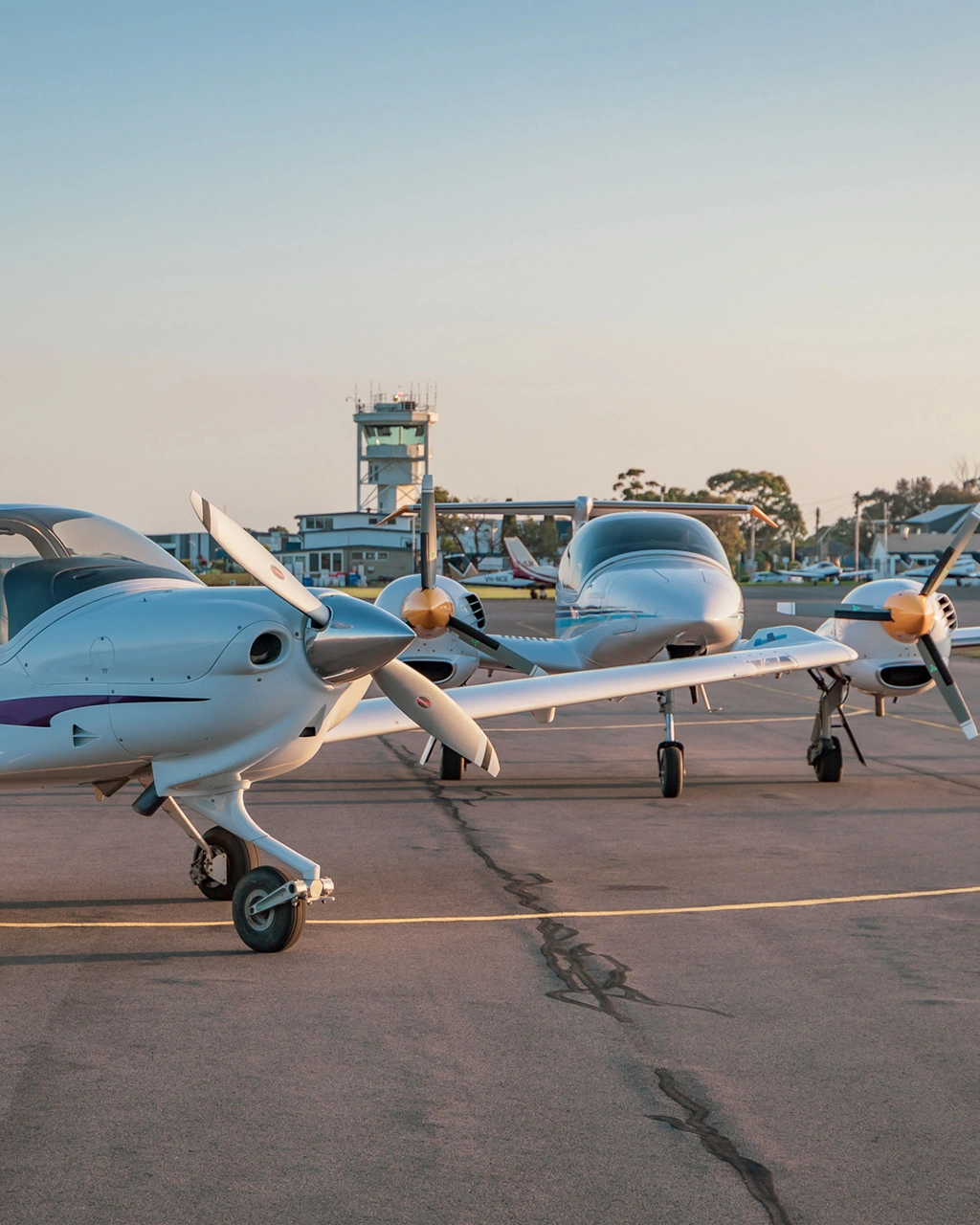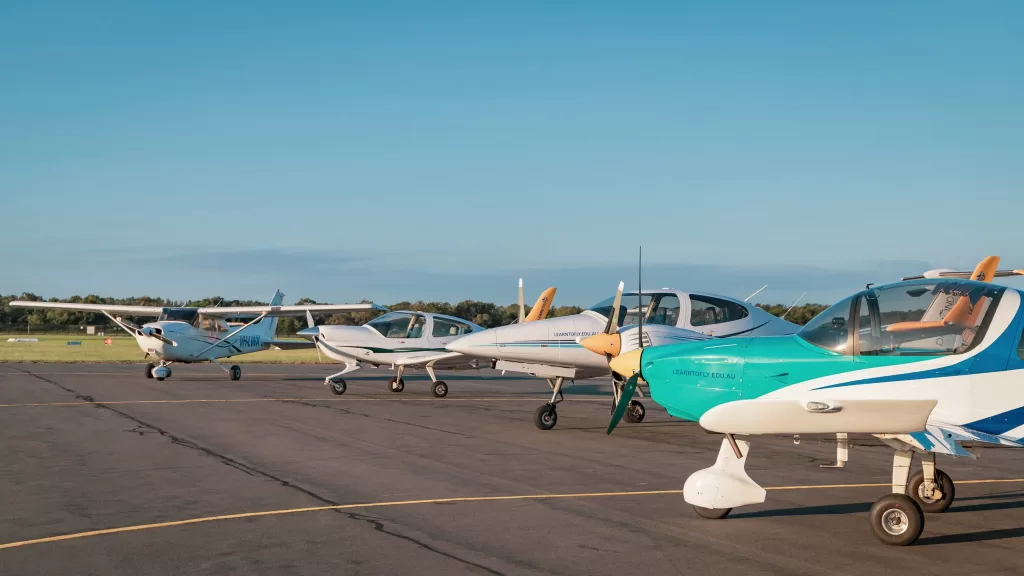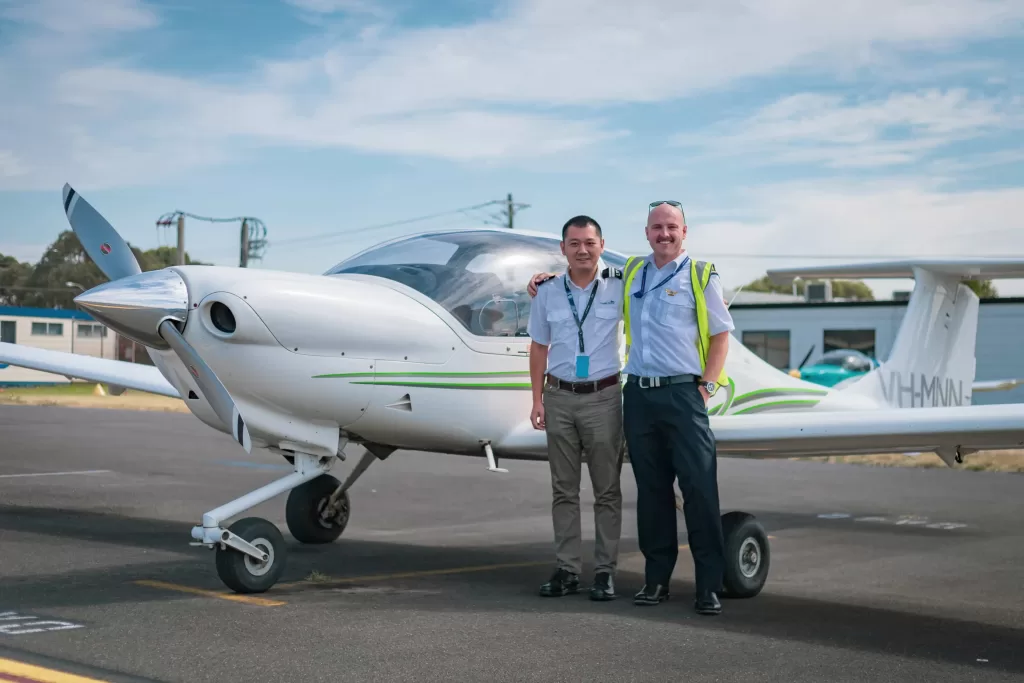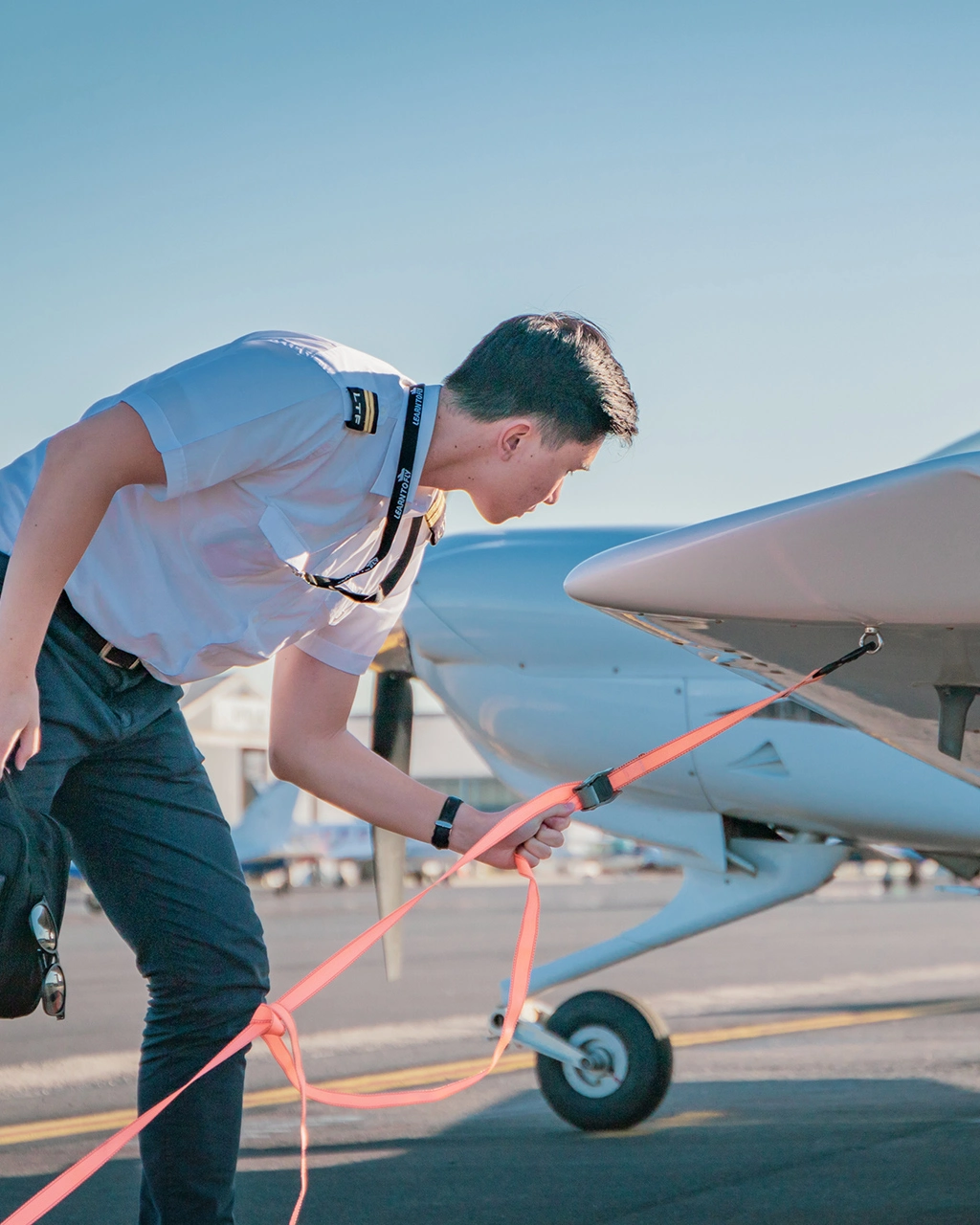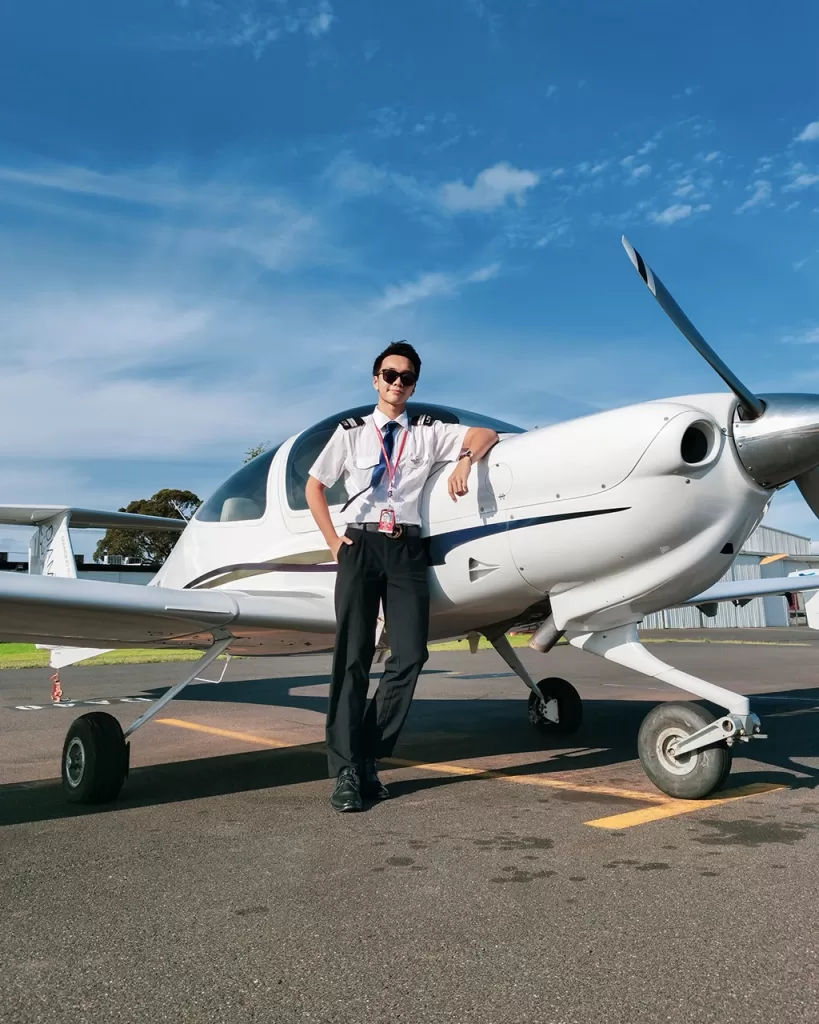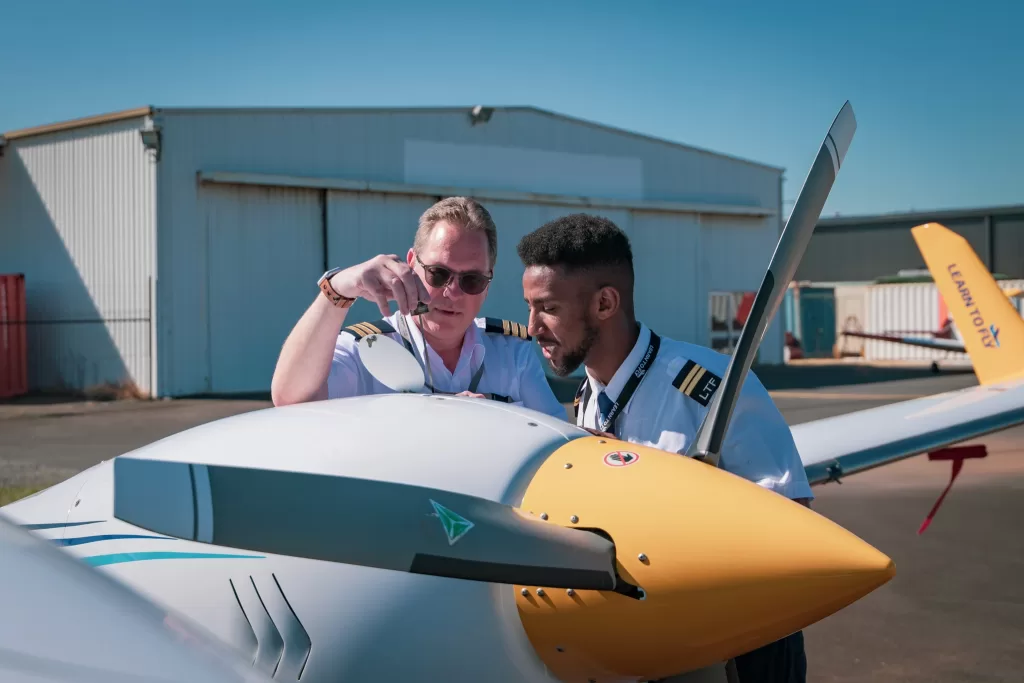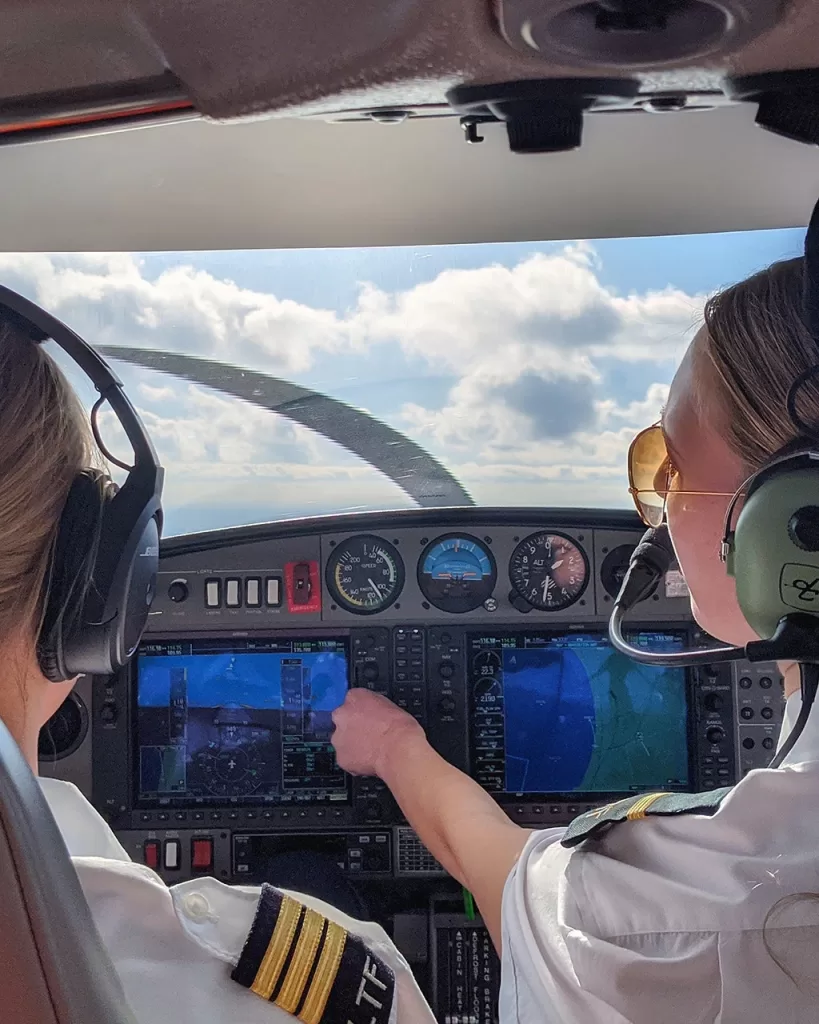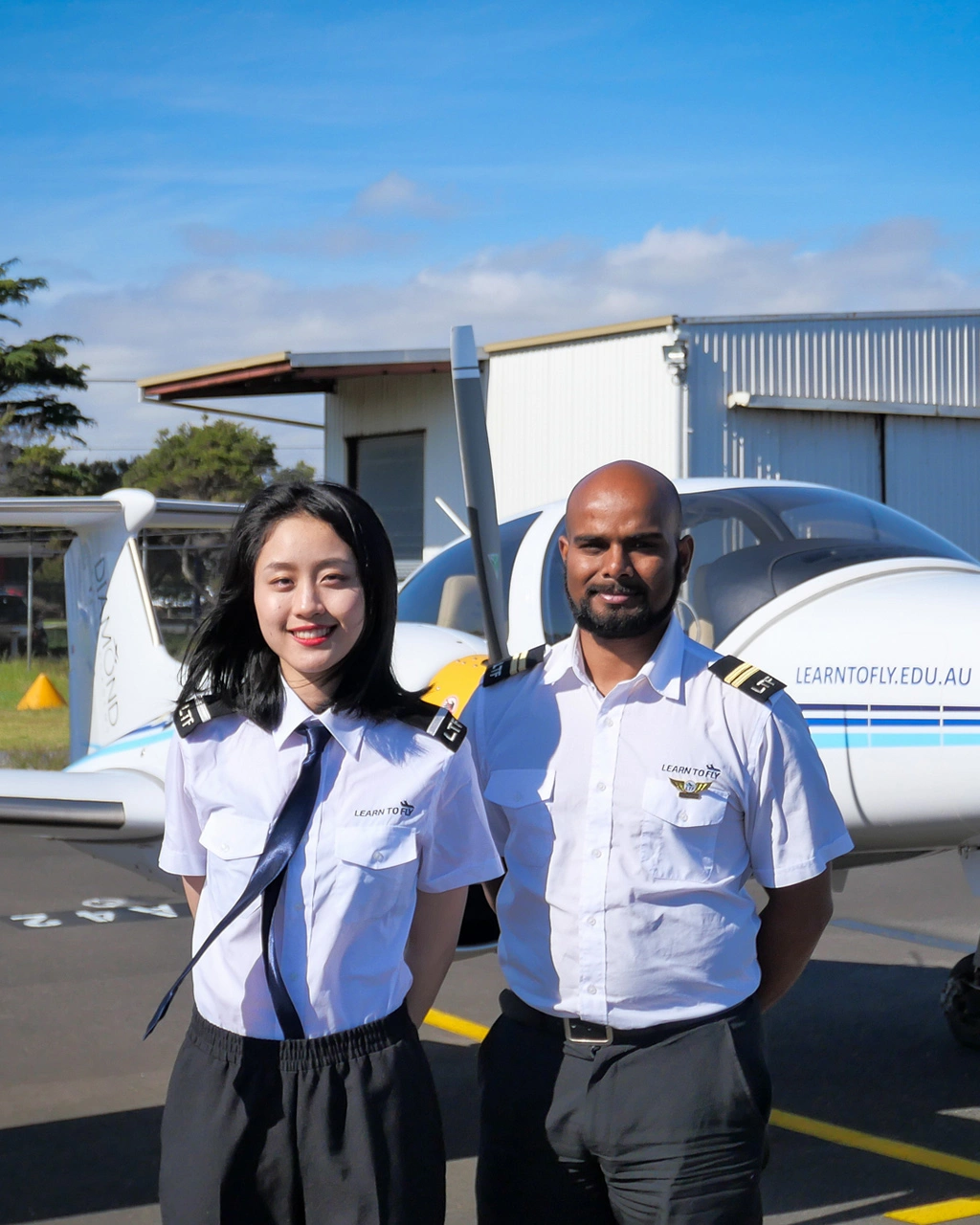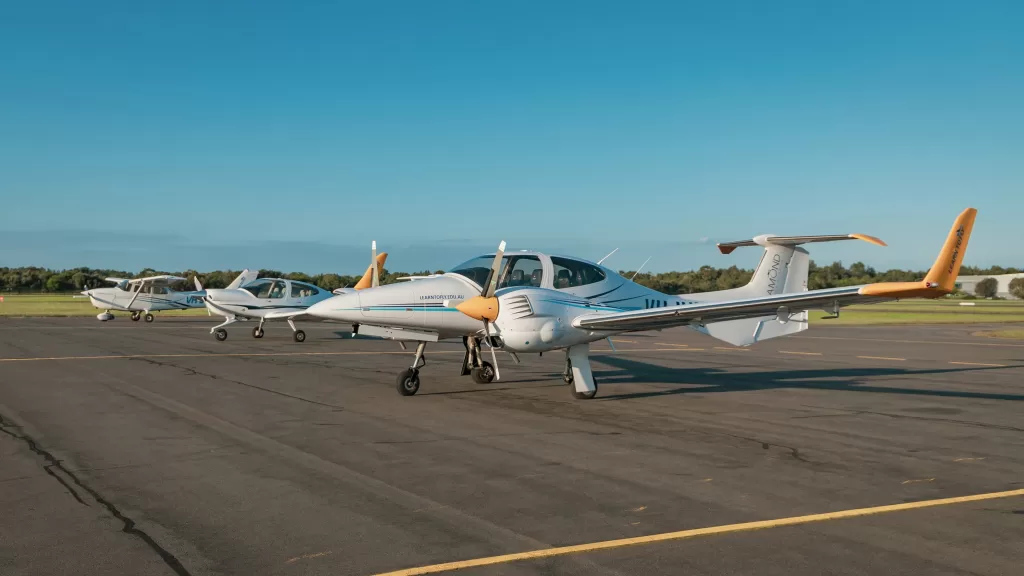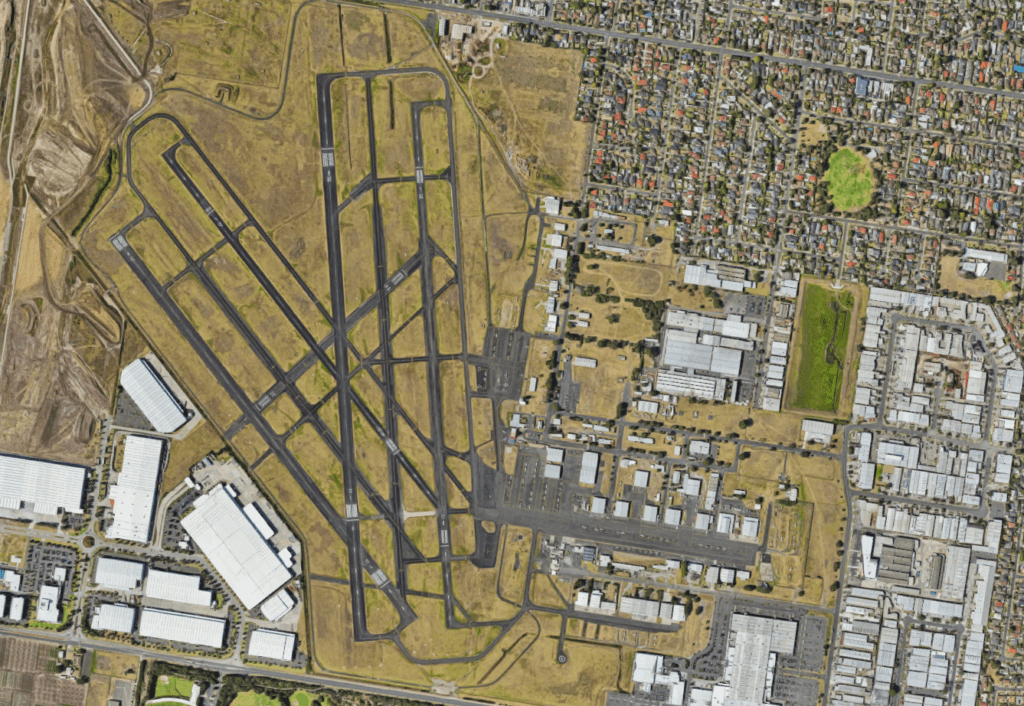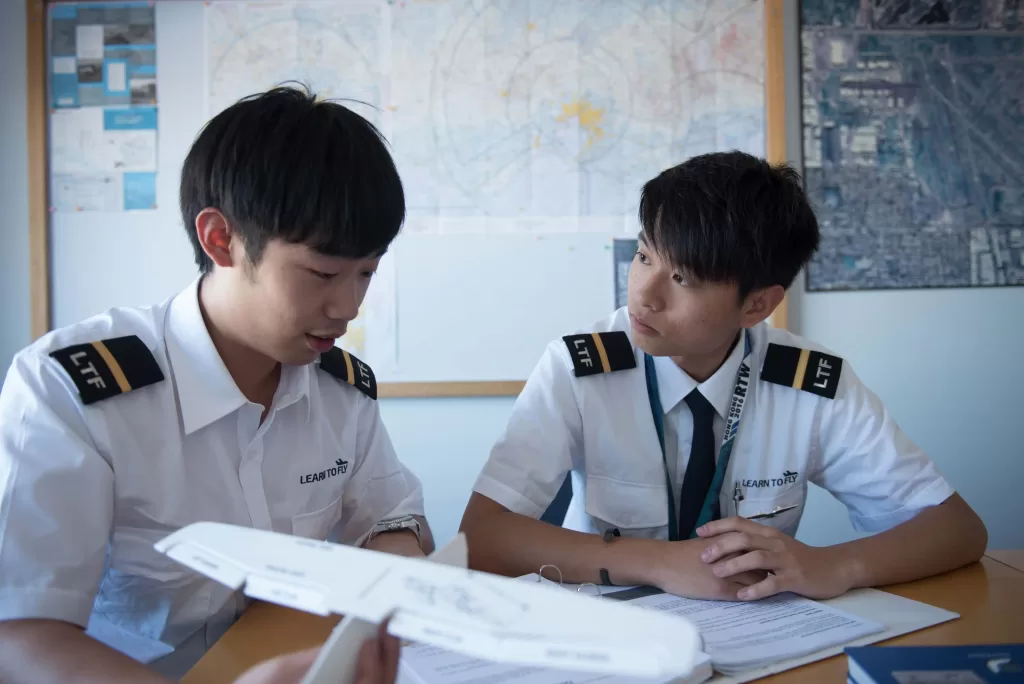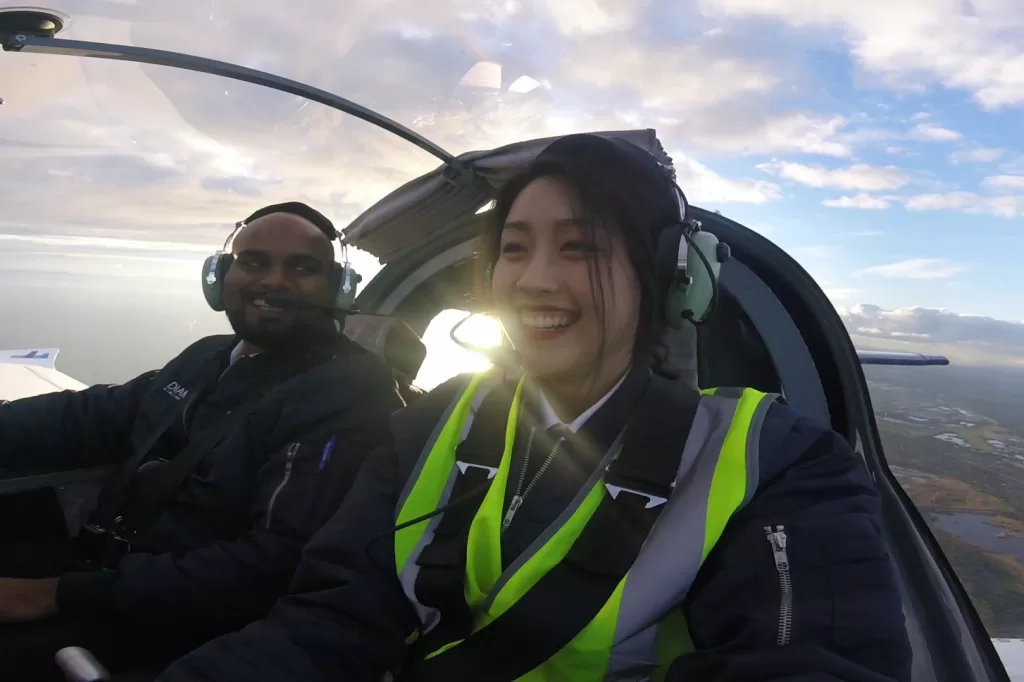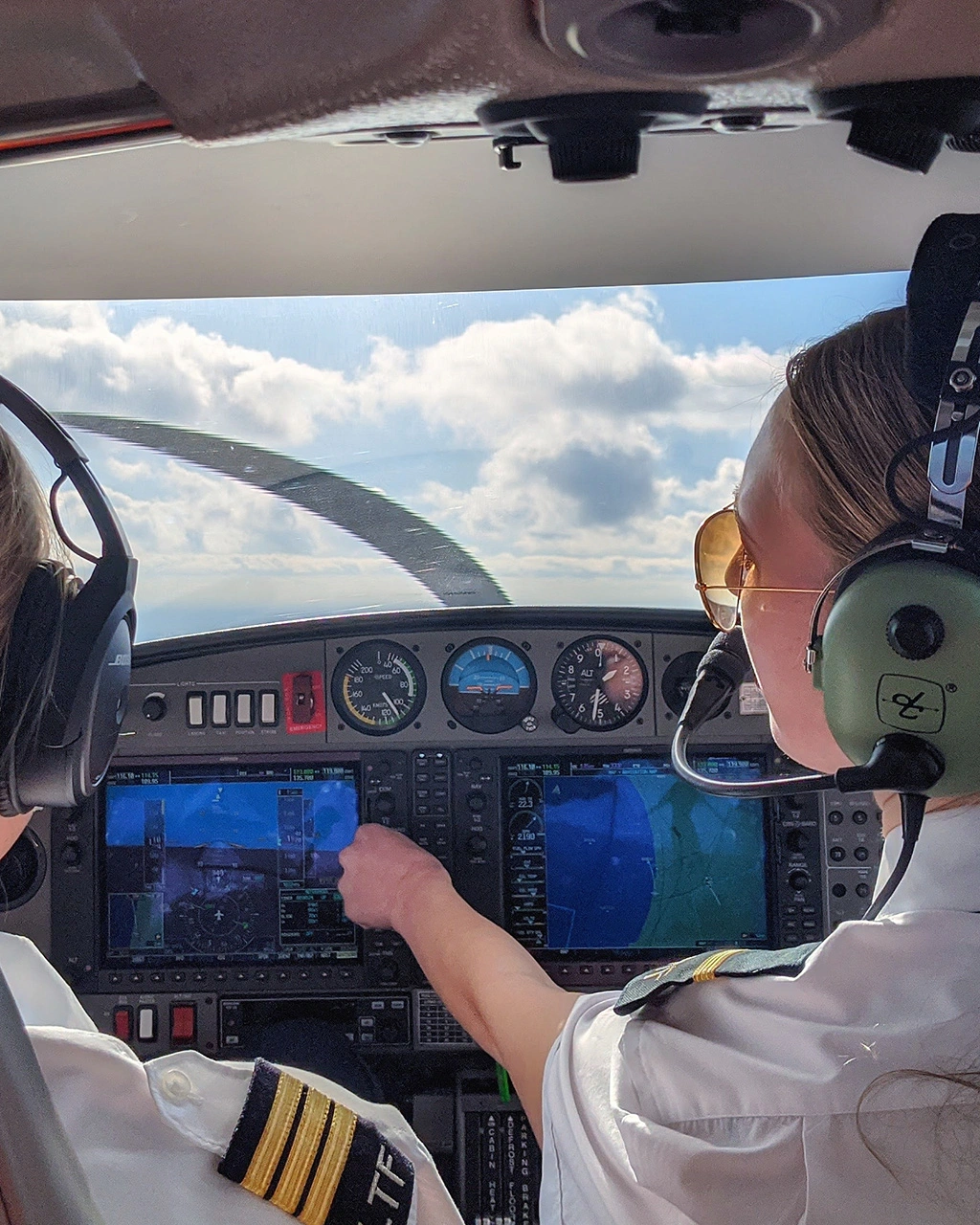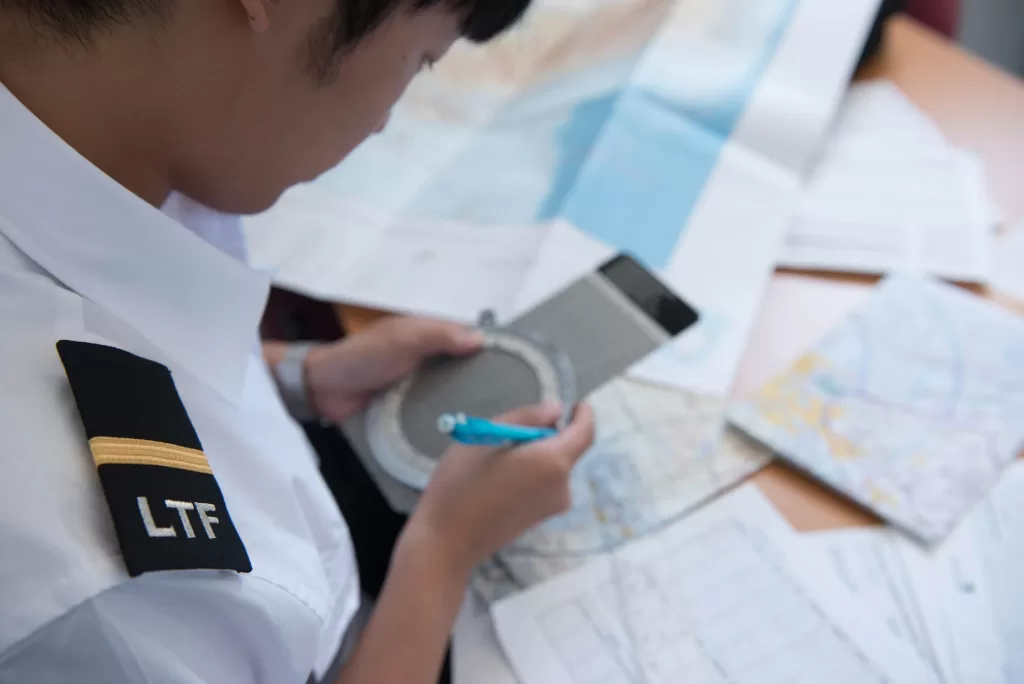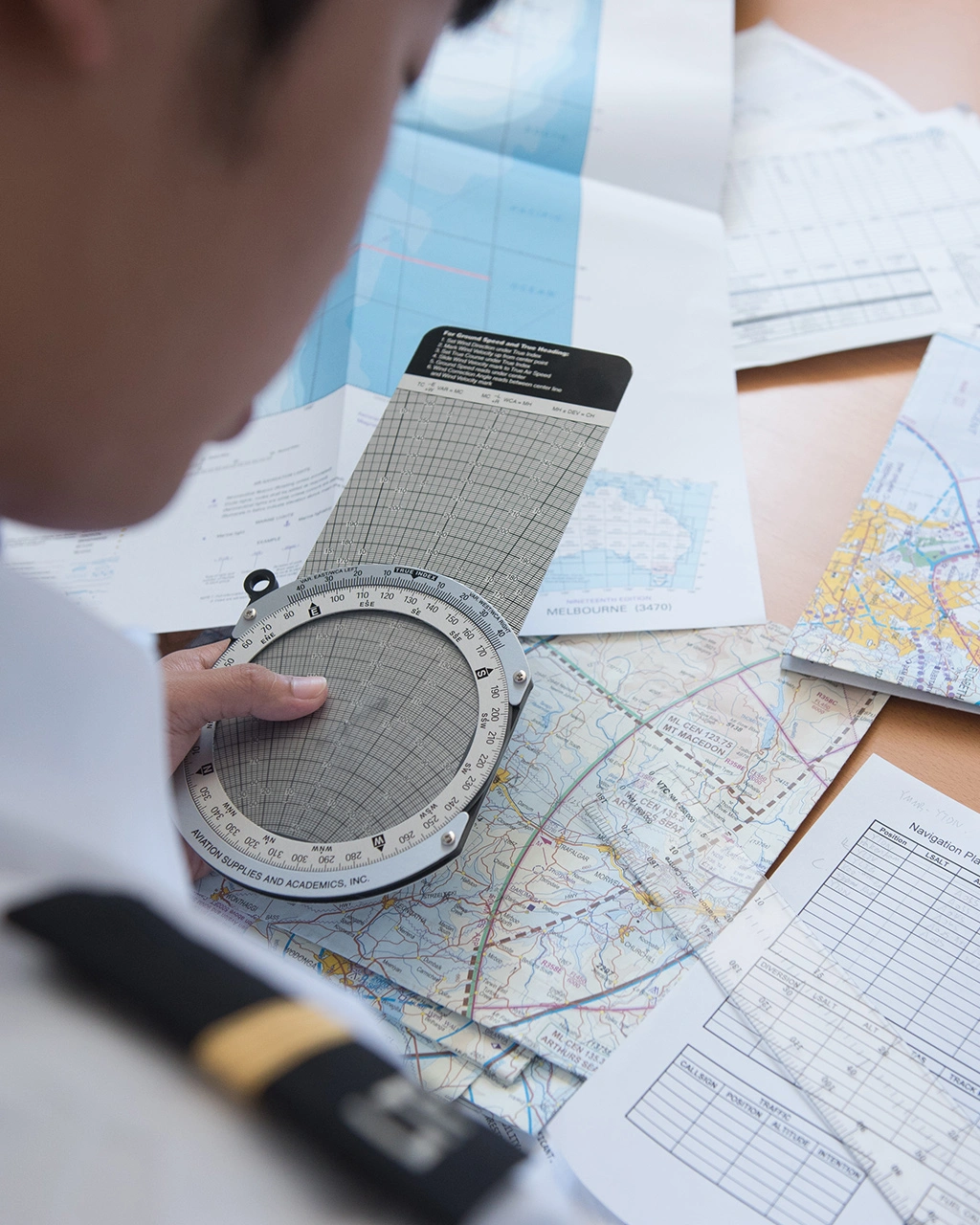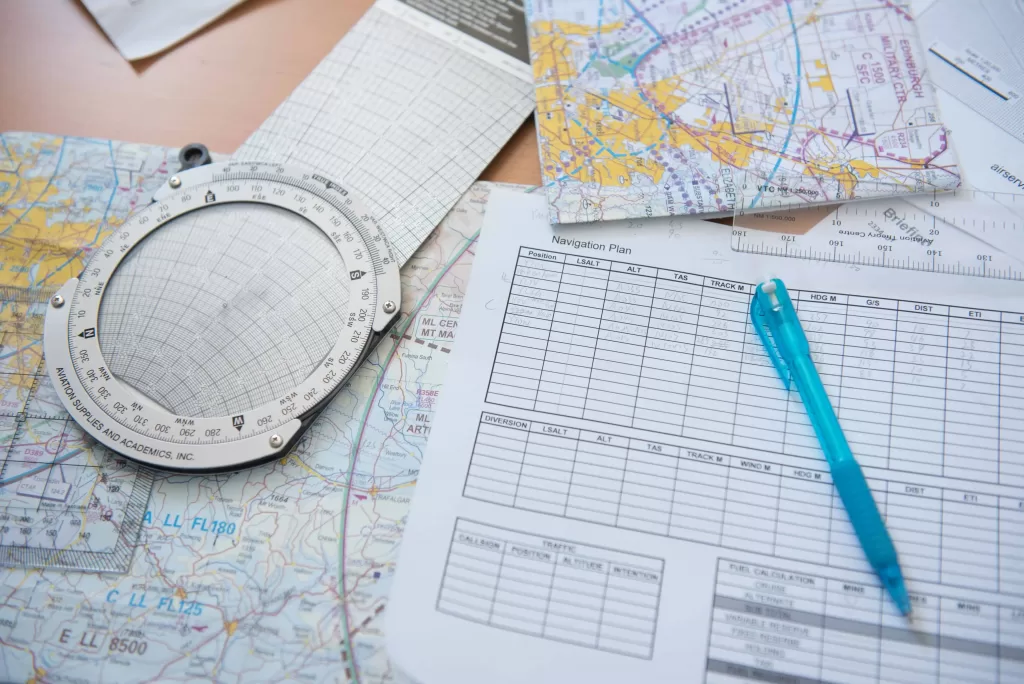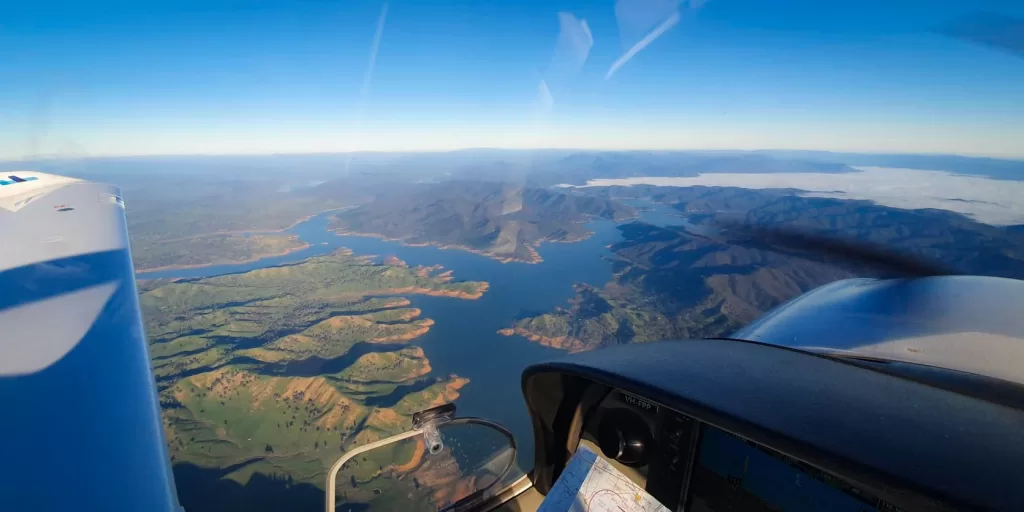When you finish your Commercial Pilot Licence (CPL) training, you can begin your pilot career. As a new professional pilot graduate though, what is the best way to get started and set yourself on the right career path for your dream pilot job? In our opinion, it all starts with a Flight Instructor Rating. Let’s find out why!
About the Grade 3 Flight Instructor Rating Training Endorsement
As we have discussed in an earlier blog, the Flight Instructor Rating (FIR) course itself just allows you to teach student pilots. You then add Training Endorsements, and they are what determine what types of things you can teach. If you haven’t read that blog, we highly recommend clicking here to check it out.
Why is the Grade 3 Flight Instructor Rating Training Endorsement the Best Way to Start Your Career?
The Grade 3 Flight Instructor Rating Training Endorsement gives you the largest initial scope of what you are able to train. This scope includes basic RPL, PPL and CPL course syllabus. It allows you to teach both theory and practical flight training under VFR conditions.
This means that you can start to build your instructing and flying hours across a broad range of curriculum straight away. While you are doing that, you can gradually add further Training Endorsements that will allow you to expand the type of instructing you can do. This can include more aircraft types, more flight activities, and being able to fly in more conditions. And, you can do this while you are earning money as a Flight Instructor!
Most importantly, as the world recovers from the pandemic, flight training is booming. This means that there are plenty of job opportunities for Flight Instructors. So, as an initial starting point for your pilot career, this is a great move. Let’s take a look at how you can progress your career from there.
Your Career Path as a Grade 3 Flight Instructor
Start: Grade 3 Flight Instructor
Build your flying hours while earning money as a Flight Instructor. Add Training Endorsements to allow you to fly more often.
200 Hours Ab Initio Instructing: Grade 2 Flight Instructor
Once you have at least 200 hours of Ab Initio instructing, you can complete further training and a flight test to become a Grade 2 Flight Instructor. This ups your pay scale and allows further responsibilities, which means you can fly/instruct more, and therefore build hours even faster.
500 Hours Ab Initio Instructing: Grade 1 Flight Instructor
When you have accumulated at least 500 hours of Ab Initio instructing, you can complete the Grade 1 Flight Instructor course. Grade 1 Flight Instructors can supervise Grade 2 and Grade 3 Flight Instructors. Again, this ups your pay and provides more flying opportunities.
12 Months as Grade 1 Flight Instructor: Flight Examiner
When you have worked as a Grade 1 Flight Instructor for at least 12 months (plus at least 1,500 overall hours as Pilot in Command and at least 100 hours of RPL/PPL instructing in the 12 months prior, you can sit a flight test to become a Flight Examiner. Flight Examiners can command impressive fees, making this a potentially lucrative career in itself.
Charter/Private Pilot
The majority of private or charter pilot jobs will have a minimum flight hour requirement, as well as likely requiring extended flying experience (such as multi-engine, instrument flying etc). Working even just as a Grade 3 Flight Instructor will allow you to reach these minimum hours much faster. You will also have the opportunity to complete additional Ratings, Endorsements and Training Endorsements, all while you earn money.
Direct Entry Airline Pilot
If you want to apply for direct entry airline pilot jobs, you will need to meet minimum hourly requirements. Different airlines have different requirements, and as with charter/private pilot jobs they will also likely require extended flying (multi-engine and instrument at a minimum).
On top of the benefit of being able to earn while you build your hours, airlines regard applicants that have Flight Instructor experience very highly. This is because being a Flight Instructor builds your interpersonal skills, your ability to manage, and your ability to work within a team environment. These are all qualities that airlines desire in a pilot.
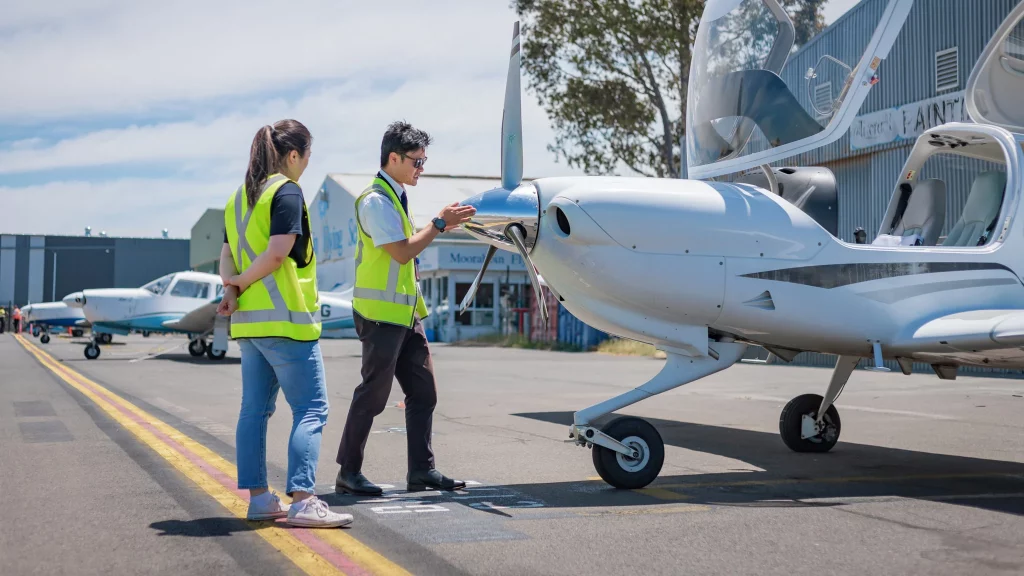
It’s certainly possible to step into a number of professional pilot jobs immediately after completing your CPL. However, it’s important that you give yourself the best possible platform to start from. Starting off with a Grade 3 Flight Instructor Rating Training Endorsement provides you with the widest range of opportunities to grow your skills and experience and, in turn, gives you more career avenues to explore.
You can complete our Flight Instructor Rating course with a Grade 3 Training Endorsement. We also offer a wide range of further Training Endorsements. Email hello@learntofly.com.au or visit https://drift.me/learntofly/meeting to book a meeting and school tour.









